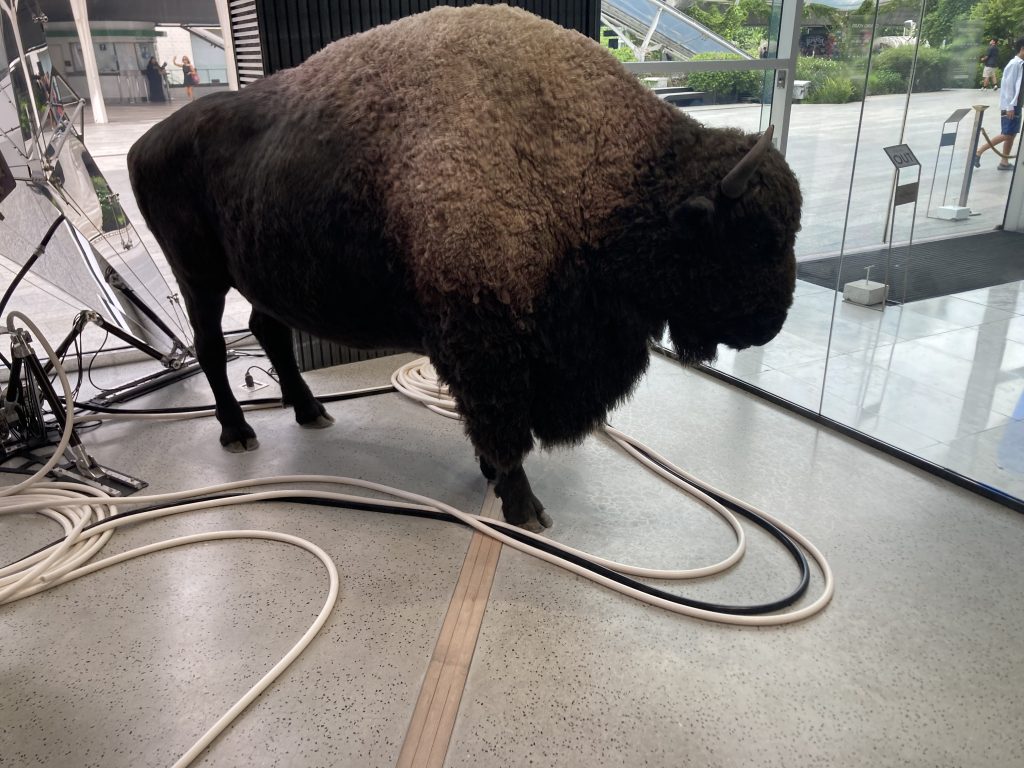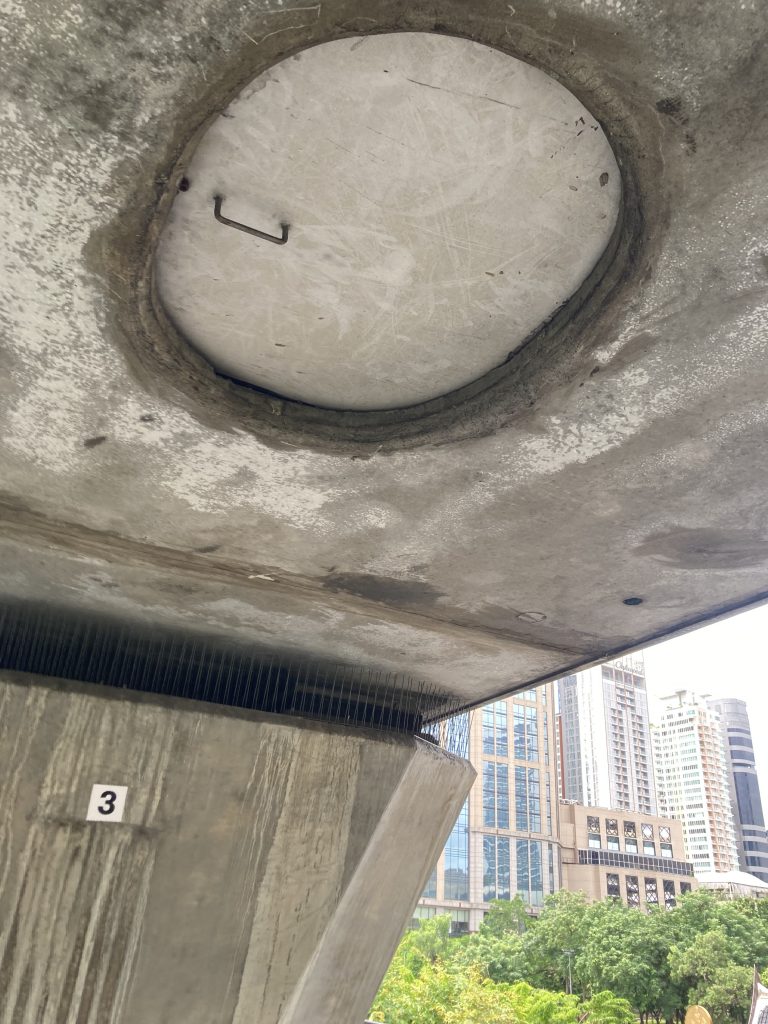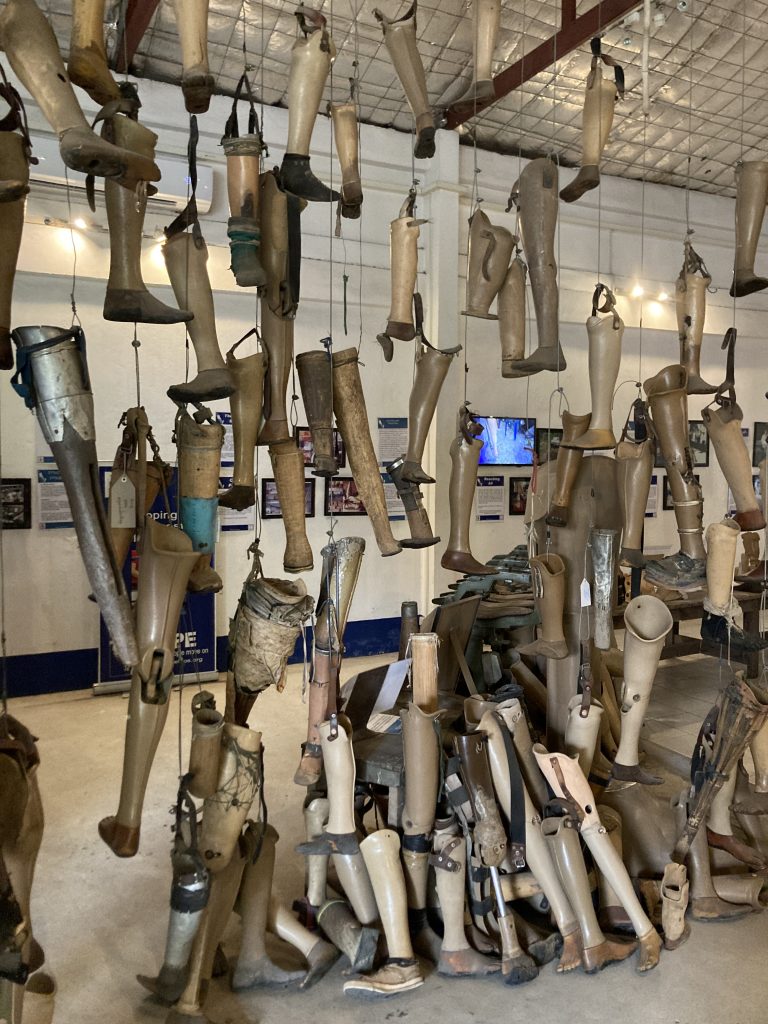Grass is Greener
‘Biologists agree: ‘The Fruiting Bramble’ is worse than its previous manifestation, and they have roundly apologized if their questions about the once ‘Fruitless Bramble’ have somehow, in a display of irony, prompted ‘The Bramble’ into this new phase of life.
“We much preferred ‘The Bramble’ when it was inert, a spokesperson said, “And, on behalf of the scientific community, we’re sorry for ever asking.”
‘The Fruiting Bramble’ now oozes a thick sap from its branches. The sap attracts and traps nearby wildlife and ‘The Brambles’ wet the ground with their blood. The sap does not prevent decay, not really, but it does seem to draw it out, creating a loose sinkhole of rotting insects and small mammals. It smells for miles around and has been known to kill birds who fly overhead.
The fruits that have appeared are soft and white and plump. ‘The Brambles’ tear at their skin, revealing deep red innards, riddled with thick seeds. Nobody has tasted the fruit, which says a lot about ‘The Brambles.’ People taste anything- this is a universal constant. Nobody wants to go near enough to ‘The Fruiting Brambles’ to try it.
Those brave and foolish travelers who have consumed the side-of-the-road bramble tea have largely been hospitalized since the fruiting. Nothing so dramatic as the growth of new brambles in their bodies, just a stubborn and wasting sickness of the bowels and a weakness of the limbs. The tea left something behind and it is killing them.
Flowers of ‘The Fruiting Bramble’ are small and temporary and largely nocturnal, as pale as the fruit and impossible to smell over the rotten soil. Their petals glow faintly in the evenings and attract moths, half of which are shredded by the incessance violence of ‘The Brambles’ thorns and half of which escape, somehow, carrying a wicked pollen to parts unknown.
Local governments have reached the conclusion that ‘The Fruiting Brambles’ may be dangerous, that it may be time to take action. To do the right thing and see ‘The Brambles’ uprooted for good. The process is slow, though. Money is short.
It has become a game for local children to cover their faces with their shirts and look out over ‘The Brambles’ as though stargazing. They identify violent constellations in the flowers and return home with strange ideas. They dare each other to eat the fruit, but nobody will.’
-an excerpt, Autumn by the Wayside





